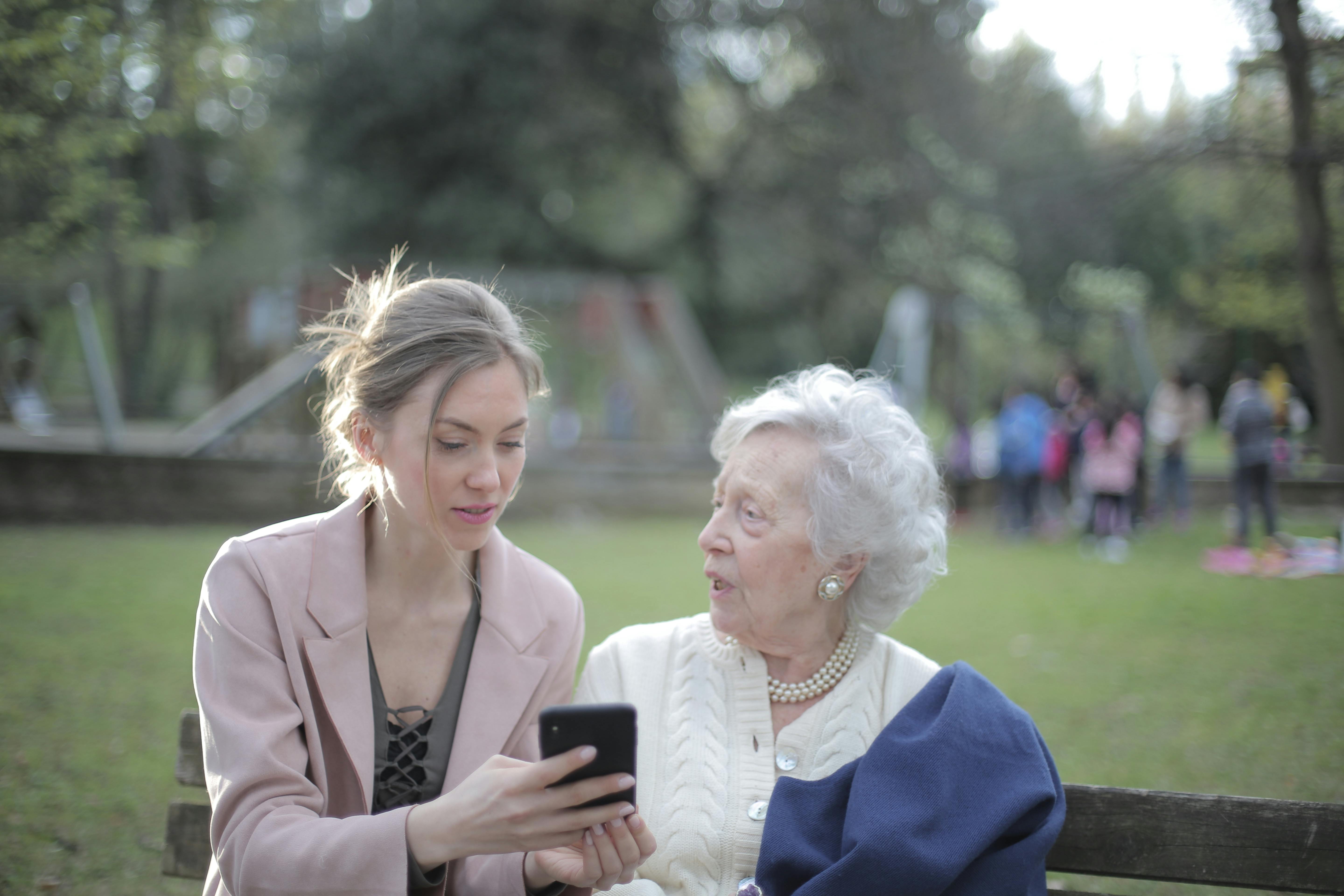4 Theories About Child Development That Can Help You Take Better Care Of Children
Have you ever wondered what motivates thoughts and behaviors in children? Our understanding of human nature and child development is continually advancing, but all children are different and no one has all the answers. However, some recognized theories can provide useful information about early development that will help you take better care of children.
During our early years from infancy to childhood, we develop the foundation of our intelligence, personality, social behavior, and learning ability. Four theories are worth reviewing, including attachment, psychosocial, cognitive development, and sociocultural theory.
1. Attachment theory (Bowlby): This theory focuses on strong emotional and physical bonds that create a sense of security in a child. Links are made with caregivers who are available and responsive to a baby’s needs. Thus, the baby knows that the caregiver is trustworthy, creating a secure base for the child to explore his environment.
Example: Six-month-old Jordan enjoys children’s toys and interacting with others. Confident that crying helps, Jordan responds to anyone and gets upset when someone stops interacting with him.
2. Theory of psychosocial development (Erikson): In this theory, social development occurs in stages based on turning points in a person’s life, including hope (from birth to 2 years), will (of 2 to 4 years), purpose (4 to 5 years), competence (5 to 12 years), fidelity (13 to 19 years), love (20 to 39 years), caring (40 to 64 years ) and wisdom (65 years and older).
Example: Two-year-old Jennifer recently began to squirm and say “no” when her babysitter tries to secure her in her car seat. Jennifer has begun to develop a sense of herself, separate from her caregivers. Your babysitter must constantly set limits and keep going with Jennifer, to keep her safe while riding in the car. The babysitter can increase Jennifer’s willingness to meet specific compliments, as well as allow Jennifer to choose a special toy to hold each time she gets into the car seat without resistance. Selecting her own clothers will also help Jennifer gain more independence.
3. Theory of cognitive development (Piaget): this theory is based on a four-stage model that describes how the mind processes new information. The stages are sensorimotor (from birth to 2 years), preoperational (2 to 7 years), concrete operative (7 to 11 years) and formal operations (from 12 years).
Example: Five-year-old Zachary is still self-centered and struggles to see the perspective of others, but is beginning to think symbolically and use words to represent objects. Zachary loves to read and is building a language foundation. At this stage, caregivers should continue to read books every day, encourage pretend play, and share logical thinking. Explaining that it is winter like Grandma’s house and therefore a coat is needed will help Zachary, who lives in Texas, understand why a coat is packed in the suitcase.
4. Sociocultural theory (Vygotsky): this theory of development is developed from the interactions of children with tools and other people in their social environment. Community, culture, and interactions are critical to a child’s development and learning.
Example: Seven-year-old Alex is struggling to solve a puzzle. By interacting with an adult, Alex learns how to separate the trim pieces, assemble the trim, and classify the interior pieces by color or design. By working with an adult, Alex develops skills that can be applied to future puzzles.
There are other childhood theories that can help parents and other caregivers by teaching them how to spend more enjoyable time with their child, reinforce positive skills, control behavior and set limits, and reduce the use of harsh discipline methods. These essential caring skills help children develop the prosocial behavior, self-regulation, and other skills they need to be successful in school and at home.


